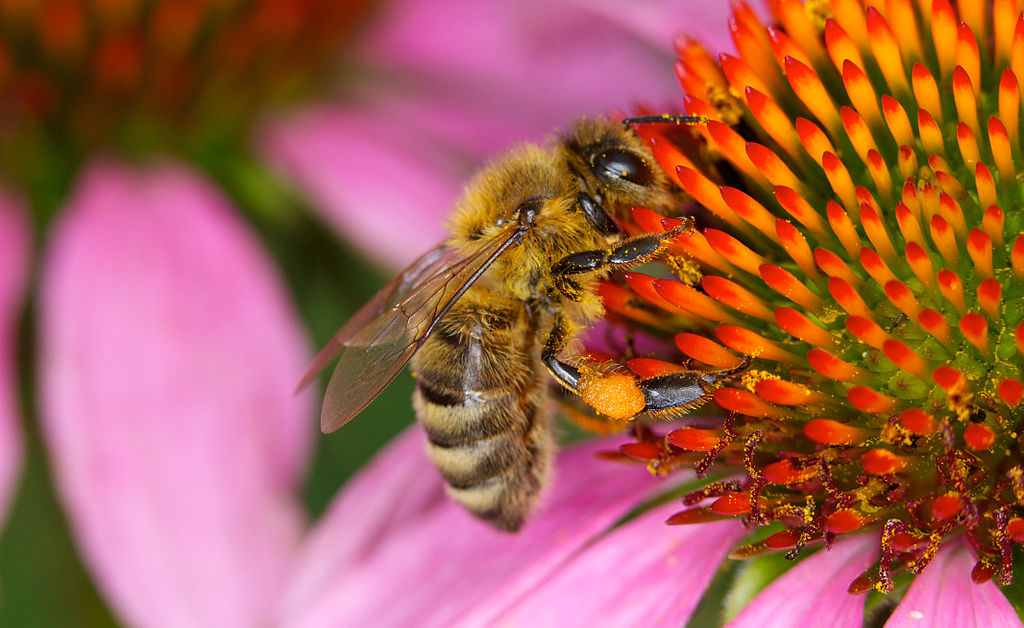The quantification of the effects of fire and climate change on terrestrial ecosystem depends on our ability to reconstruct past landscape changes. The semi-quantitative nature of Australian palynology has allowed objective inferences of landscape change from pollen data, yet we remain uninformed about the actual degree of alteration of past land-cover due to biases in pollen records. A case in point is the origin and evolution of the present-day dominance of pyrogenic moorland in western Tasmania is the subject of a long-standing debate. According to some, climate amelioration in Tasmania during the post-glacial turned most of the treeless landscape of the Last Glacial Maximum (LGM) into forest and woodlands. Others instead proposed that moorland became established across the region during the last glacial cycle (ca. 35 kyrs) and was then maintained by anthropogenic burning. Hear Dr Michela Mariana talk about how the application of pollen-based models for vegetation reconstruction (REVEALS) in Tasmania proved the biases inherent in previous interpretations of pollen spectra from this region and confirmed that the landscape of western Tasmania is an ancient cultural landscape. This finding has important implications in enforcing conservation strategies for the threatened Tasmanian vegetation, especially buttongrass moorland.
Where: Mawson Lecture Theatre, University of Adelaide
When: Friday 6th April, 3–4 pm



